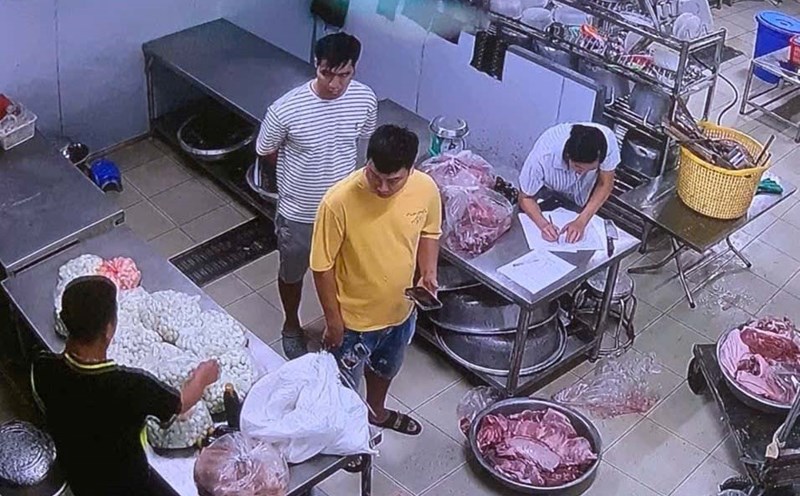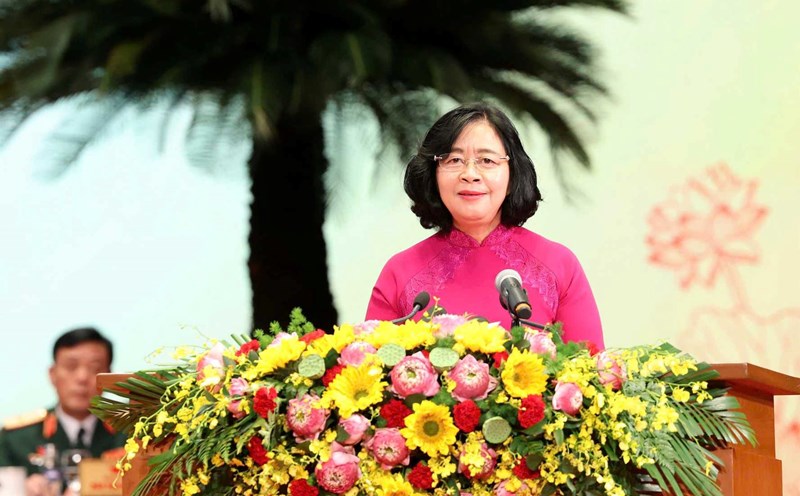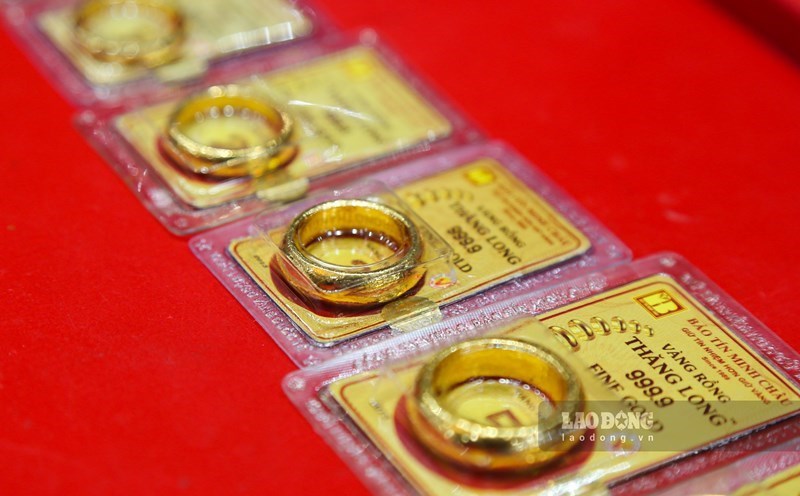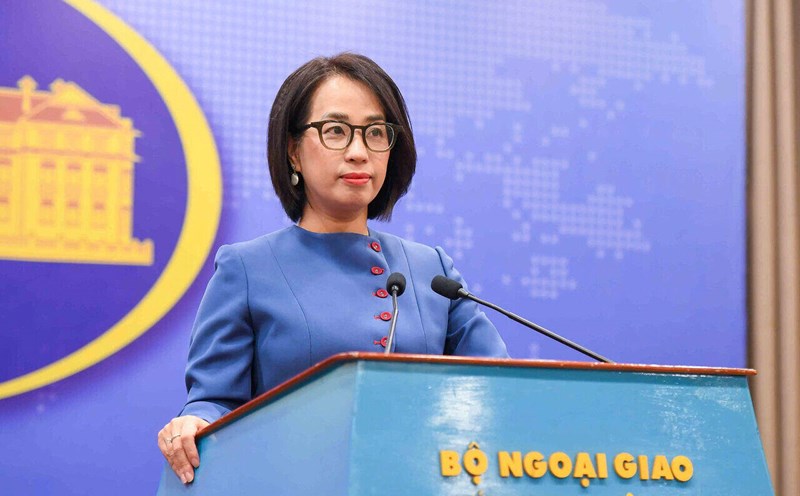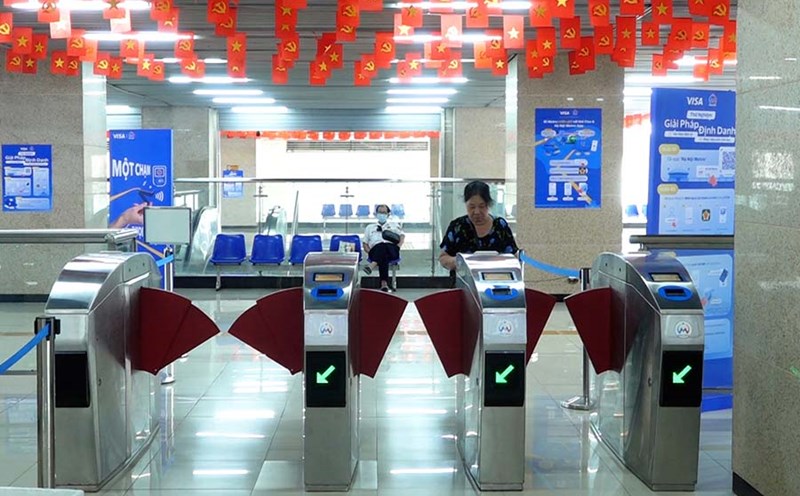For decades, world gold prices have been almost determined by Western centers - from the London Stock Exchange (LBMA) to the US COMEX. But now, the map of the precious metal's power is gradually shifting to the East, where emerging economies are starting to establish their own gold exchanges, towards more autonomy and transparency in trading.
India International Gold Exchange
One of the most bold steps is India's launch of the International Gold Exchange (IIBX) in mid-2022 at GIFT City, Gujarat state. This is the first international gold exchange of the world's second largest gold consumer - where people still consider gold as a family "treasure" and a measure of economic confidence.
IIBX's goal is very clear: Bringing gold import and trading activities domestically, reducing dependence on international intermediaries, while creating a transparent price that truly reflects actual supply and demand in the Indian market.
Instead of having to go through many import levels, now businesses and goldsmiths are allowed to buy gold directly on the exchange, delivered on the same day (T+0), through bullion Depository Receipts.
This mechanism not only saves storage costs but also helps gold become a modern, fast, clean, and traceable financial asset.
However, IIBX's challenges are still not small: How to create confidence in gold standards, storage safety and compete with "big guys" like LBMA or COMEX who have a history of hundreds of years.
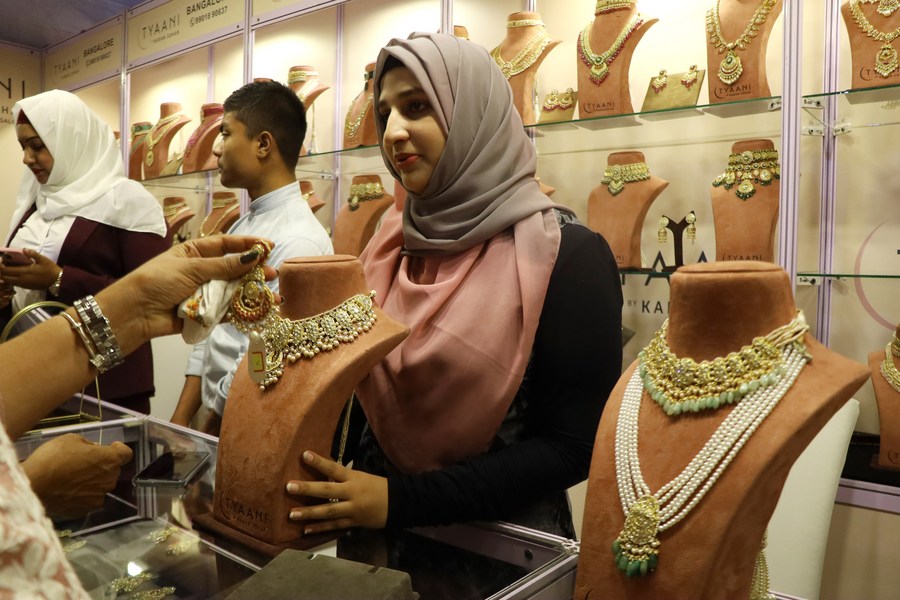
Shanghai Gold Exchange
While India is exploring the path, China is in another position: the Shanghai Gold Exchange (SGE) - the world's largest gold exchange in terms of trading volume - has been rising globally.
With thousands of tons of gold traded each year, SGE is not only a "dancer" of the Chinese gold market but also a strategic tool for Beijing to localize the yuan.
Recently, this exchange opened an additional gold warehouse in Hong Kong Administrative Region (China) and launched gold contracts paid in yuan, allowing foreign investors to participate.
Sending part of the gold valuation to its currency helps China gradually reduce the influence of the USD in precious metals trade.
Dubai's "Golden Wall Street"
If Asia is where gold is real hoarded, Dubai has become a place for transaction gold. The Dubai Commodity and Gold Exchange (DGCX) is considered the largest gold transit point in the Middle East - a bridge between African gold mines and Asian gold miners. Every year, thousands of tons of gold are delivered through warehouses in Dubai, making it known as the Wall Street of physical gold.
DGCX is strongly developing gold futures contracts, helping the regional market have a similar price risk hedge tool to COMEX in the US, while strengthening the role of the UAE as a global financial - gold center.
Not far behind, Turkey - a country with a long tradition of hoarding gold - also built the Borsa Istanbul gold exchange as part of a strategy to strengthen foreign exchange reserves and stabilize the domestic market. Thanks to the centralized trading mechanism, Borsa Istanbul helps the state better control gold flows and reduce the gap between domestic and international gold prices.



